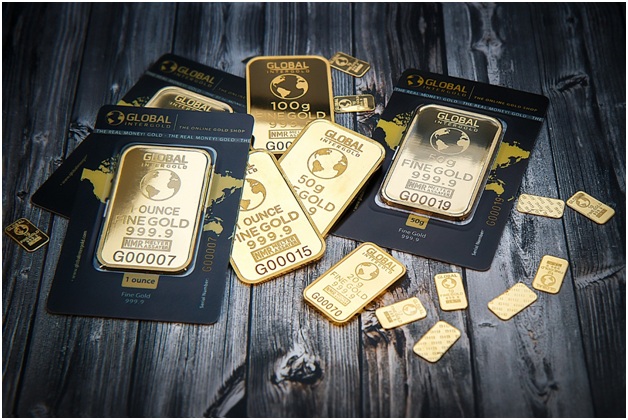Gold prices are a marker of economic health. People invest in gold to diversify and insulate themselves against inflation or economic fluctuations. This is because gold is a physical currency as opposed to a paper one which can be mass produced and subject to swings of inflation and deflation.
Whether you are already managing gold as part of your portfolio or you’re seeking to diversify, there are several factors to be aware of which can influence the price of gold. Being aware of these factors can help you invest wisely and at the most advantageous times.
#1: Monetary Policy
Central banks hold in reserves. In 2016, the World Gold Council reported that these banks began purchasing more gold than they were selling. When central banks do this, it increases the price of gold.
#2: The U.S. Dollar
Fun fact: the price of gold is dollar-denominated, meaning that it is defined in terms of USD. Historically, when the value of the United States Dollar is stronger, the price of gold remains lower. Inversely, when the US dollar loses value, the price of gold tends to rise. This means that when the US dollar is strong, it’s a better “buyer’s market” for gold. There are various fascinating articles online on the correlation between gold prices and the US economy that illuminates this trend.
#3: Political Events
The U.S. isn’t the only nation to sway the gold market. In 2016, following the Brexit vote, gold prices jumped to $100 an ounce in just six hours as investors attempted to shield against the declining value of the Euro and British Pound. Political events that can signal a change in currency value tend to move the needle on gold prices. You can check the gold bullion price and see long-term trends at 7 days, 30 days, 6 months, 1 year, 5 years and 10 years.
#4: Market Forces
Like any commodity, gold prices are subject to the forces of supply and demand. Gold is somewhat unique that the amount of gold in reserve is about 60 times greater than the amount of gold which is mined each year. This is to say that the “supply” doesn’t fluctuate much, but the demand itself can take a toll on gold prices. The World Gold Council reported that in the first two quarters of 2016 demand grew to 15% while gold supply only increased to 1%. This sent the prices of gold surging.
#5: Gold Production
Overall, gold mine production has been declining over the past 20 years. This is partially due to the fact that, as gold reserves are depleted, it has becoming increasingly difficult to mine for the precious metal. The difficulty and increased production costs affect how much new supply is being introduced to the market and can ultimately drive the cost of gold up.
Whether you’re interested in diversifying your portfolio, hedging against future threats, have an interest in gold, or all of the above, you can buy low and manage your wealth by remaining aware of these factors.

